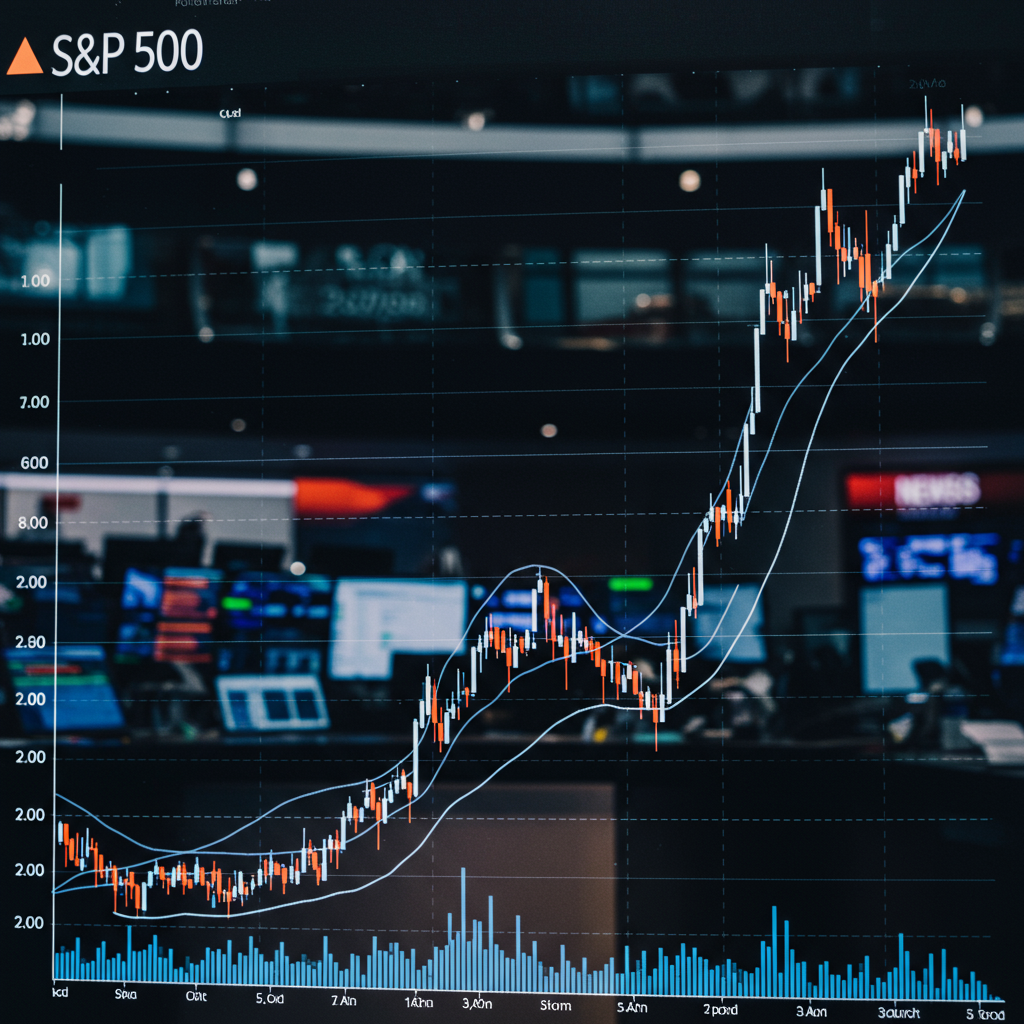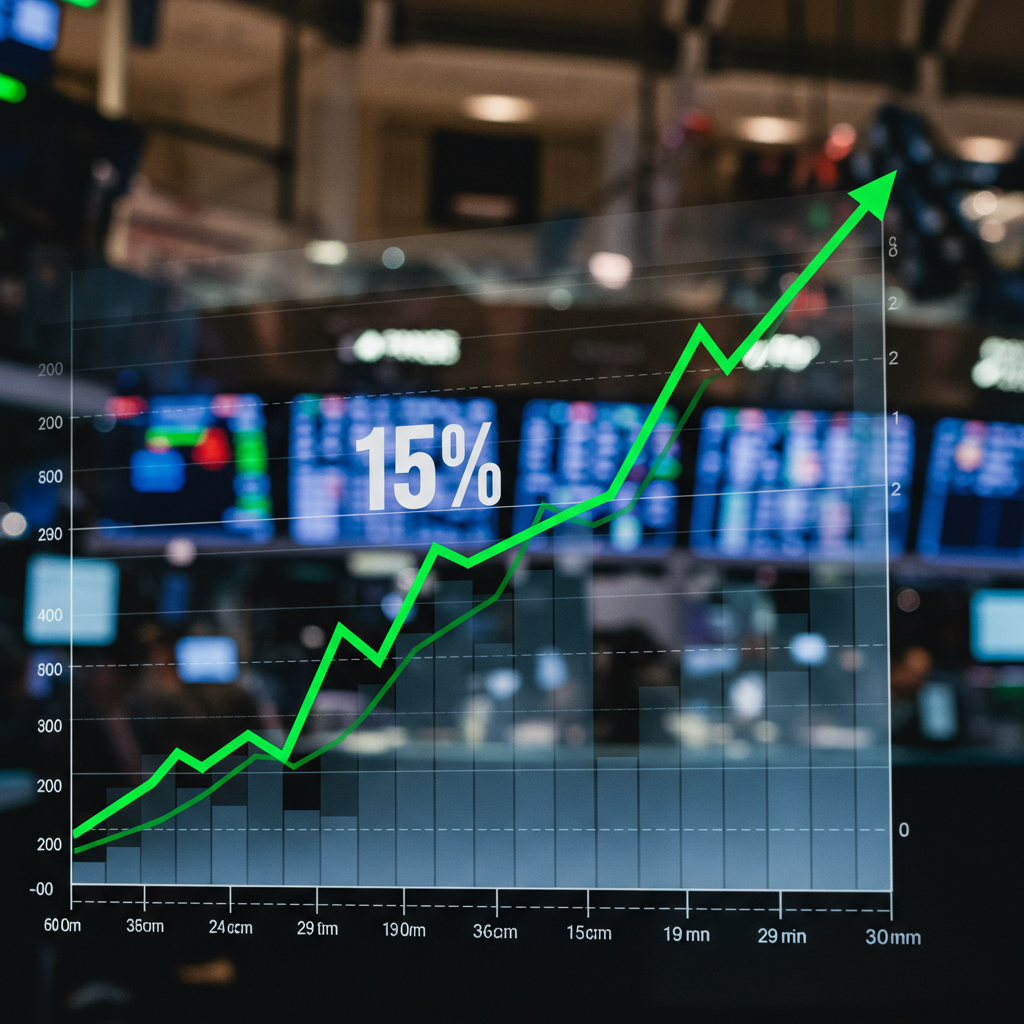The latest report on the nation’s employment picture has reignited debate over the health and future trajectory of the Trump economy. Released on Thursday, the data indicated stronger job creation than forecasters anticipated. This positive news comes as the white House continues to push back against warnings of economic decline previously issued by political opponents. The report is being framed by the administration as definitive proof that their economic policies are succeeding and that recession fears were unwarranted.
White House officials celebrated the figures almost immediately. They highlighted the report as evidence that the nation’s financial health remains robust. This sentiment stands in stark contrast to the gloomy economic predictions voiced by several prominent Democrats in recent months. The differing viewpoints underscore the deeply polarized perspectives on the current state and future of the US jobs report and broader economy.
The Latest Jobs Data: Exceeding Expectations
The Labor Department’s recent release provided a key data point for evaluating the Trump economy. The report showed that employers added 147,000 jobs during the month of June. This figure surpassed the consensus estimate from economists polled by LSEG. Those experts had projected a gain of approximately 110,000 jobs.
This marks the fourth consecutive month that the actual jobs added have topped market expectations. For the administration, this pattern is significant. It suggests a sustained momentum in the labor market that contradicts negative forecasts. The White House points to these numbers as concrete evidence of a strong and growing economy.
Contrasting Economic Forecasts: Critics vs. Administration
The positive jobs report directly challenges recession warnings previously amplified by some Democrats. In March, for example, Senator Jeff Merkley of Oregon declared that “The Trump recession is on its way.” Senator Brian Schatz of Hawaii was quoted in April expressing a more severe view, stating that President Trump was “ruining the economy on purpose.”
Concerns extended to specific policy impacts. Senator Ed Markey of Massachusetts criticized the administration’s tariff impact. He predicted widespread price increases, saying consumers would “be paying more for everything.” This included essentials like groceries and cars, as well as discretionary items like toys and electronics. Markey described the tariff plan as “ham-handed.”
Representative Pramila Jayapal of Washington also accused the President of being “irresponsible about the economy” regarding his tariff strategy. Fox News Digital reportedly reached out to these lawmakers for comment on the recent positive US jobs report, but received no response.
In contrast, the White House economic policy was presented as highly effective following the report’s release. White House press secretary Karoline Leavitt issued a statement celebrating the job gains. She noted that “American-born workers have accounted for ALL of the job gains” since the start of the administration. She also highlighted that “wages continue to rise.” Leavitt concluded emphatically that “The economy is booming again.”
Delving Deeper: Tariffs and Their Contested Impact
A central point of contention between the administration and its critics has been the use of tariffs. President Trump has implemented sweeping tariffs on goods from major trading partners. His stated goal is to encourage businesses to relocate factories and jobs back to the United States. He argues this will usher in a new “golden age” for American manufacturing.
However, the tariff impact is viewed very differently by many economists. External analysis, including expert consensus, suggests these policies may “make no sense at all” in purely economic terms. They are seen as potentially negative for global growth. Experts predict they could lead to increased prices for consumers and weaken overall economic activity worldwide.
The risk of retaliatory tariffs from affected countries is high. For example, China announced significant tariffs on US imports in response to the initial measures. Such back-and-forth actions can further harm trade and economic stability. Unexpected currency reactions, like a weakening dollar despite higher import prices, could also exacerbate inflationary pressures.
Despite these expert concerns, President Trump has defended his trade policy. He has dismissed worries about rising prices due to tariffs. He claimed in an interview that many businesses are benefiting. He also argued that consumers can adapt by purchasing fewer items affected by the levies. He has attributed any existing economic uncertainty to the previous administration.
A more critical perspective, explored by some commentators, posits that certain policies like steep tariffs could be intentionally harmful. This theory suggests a motive linked to “disaster capitalism.” The idea is that crises are exploited to concentrate wealth and power among a select few. Critics argue that deliberately creating economic pain through tariffs or cuts to government programs could accelerate this concentration, aiming for an economy more aligned with the interests of loyalists.
The Broader Policy Landscape
Beyond the immediate jobs numbers, the administration points to other initiatives shaping the Trump economy. Mention has been made of a significant legislative effort referred to as the “One, Big, Beautiful Bill.” This bill reportedly aims to extend tax cuts enacted in 2017 and potentially reduce some domestic spending. The White House suggests its passage and implementation will lead to further economic improvements.
The administration’s stance on economic indicators like GDP growth has also drawn comment. Despite a reported contraction in GDP during the first quarter of 2025, President Trump expressed little concern. He predicted the US would be “OK” long-term. He maintained confidence the nation would eventually achieve the “greatest economy in the history of our country.”
Regarding government spending, proposals within the budget reconciliation measure have faced scrutiny. While the President suggested cuts would target “fraud, waste and abuse,” analysts warn they could impact programs like Medicaid. This highlights the ongoing debate about the potential social costs of proposed fiscal policies.
Frequently Asked Questions
What did the latest US jobs report show under President Trump?
The most recent US jobs report for June indicated robust growth in the labor market. It showed that employers added 147,000 jobs nationwide. This figure significantly exceeded the expectations of economists polled by LSEG. Their projections had estimated a gain of around 110,000 jobs.
What are the different political perspectives on the current state of the US economy?
Views on the Trump economy are sharply divided along political lines. The administration highlights strong jobs numbers and rising wages, asserting the economy is “booming” and defying earlier economic predictions of decline. In contrast, critics, including several Democrats, have warned of impending recession and economic damage, particularly citing the potential negative tariff impact and accusing the administration of being “irresponsible.”
Where can I find expert analysis on the economic impact of Trump’s tariff policies?
Expert analysis on the tariff impact is widely available from various economic institutions, universities, and financial news outlets. Many economists express concerns that tariffs could negatively affect global growth, increase prices for consumers, and lead to retaliatory measures from trade partners. These analyses often contradict the administration’s view that tariffs primarily benefit US businesses and jobs.
The latest jobs report offers a snapshot of the economy. It shows growth in employment that the administration is eager to emphasize. While the White House celebrates this data as a validation of its policies and a refutation of recession warnings, critics maintain concerns. Issues like the long-term tariff impact, legislative proposals, and broader economic stability remain subjects of intense political and economic debate. The differing interpretations of economic indicators underscore the ongoing contest to define the narrative of the Trump economy.


